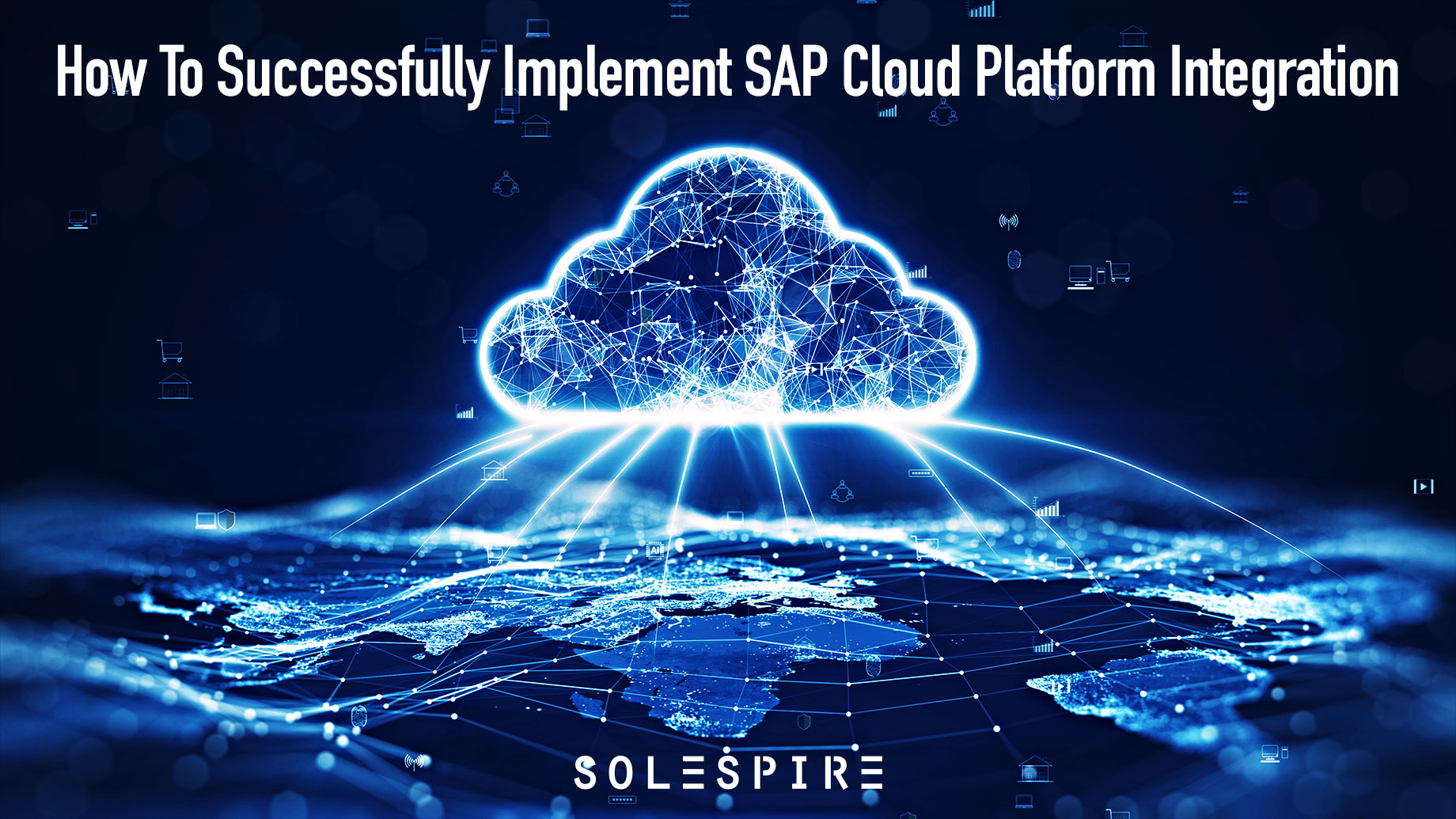
As companies adopt cloud solutions, they must integrate systems across multiple environments. This is where SAP Cloud Platform Integration plays a critical role.
To help you succeed with SAP Cloud Platform Integration, follow these steps to build a strong foundation:
1. Define Your Requirements
Businesses require seamless integration of SAP cloud platforms with non-SAP cloud applications. They must also transfer their current on-premise integration scenarios to SAP cloud platform integration without operational disruptions.
SAP offers a range of business process integration capabilities, including API management, data integration, and B2B and EDI integration. These integration solutions can help organizations develop their digital core ERP and drive innovative new business models.
To start, create a new integration flow and add an HTTPS sender adapter. Then, configure the Flow to include a Groovy script that captures the payload. Once the action runs successfully, you can view the results under Monitoring. To learn more, see the SAP Cloud Platform Integration documentation. Then, use the metric filtering and aggregation functionality to view important metrics for your organization.
2. Create a Project Plan
As most companies must maintain their existing systems, hybrid deployments will play a significant role in cloud adoption. To meet this need, many integration solutions include prepackaged integration content for connecting cloud-based and on-premise systems.
SAP Cloud Platform Integration supports these hybrid integrations and provides a centralized repository of all integration data. This makes managing, monitoring, and reporting your integration system performance easy.
Using the project management WebClient UI, you can create and plan projects that follow a defined project life cycle. You can also define a custom project structure and use various templates to streamline your implementation. You can also customize your integration flows to accommodate your specific business needs. This includes enabling logging, alerts, and automated retries to minimize downtime and ensure data consistency across systems.
3. Design Integration Architecture
SAP Cloud Platform provides a high-end infrastructure to host your applications, data, and services. Each customer pays for a Sub Account and hosts their applications in a Virtual Machine hosted on SAP’s hardware. Each Sub Account has a defined specification that includes CPU, RAM, Disk space, and IT Resources.
Companies want to move their business processes to the cloud to free up time and energy dedicated to innovations. To accomplish this, a well-designed integration architecture is needed.
The architecture should include a business process model and a technology landscape model. Prepackaged integration content is available, allowing systems on-premise or in the cloud to talk to each other. The prepackaged integration content is called an “iFlow.” Each iFlow is contained in an “Integration Package.” Each package contains one or more flows.
4. Configure Integration Scenarios
Learn how to configure and manage your business processes using the SAP Cloud Platform Integration suite. You can customize and optimize your integration flows using data mapping, transformation, and enrichment. You can also implement logging and error handling to minimize downtime and ensure data consistency across systems.
Many businesses are shifting to a hybrid environment due to changing business requirements and reducing infrastructure costs. In these cases, businesses must integrate their SAP and non-SAP applications to help reduce costs and improve productivity. These videos demonstrate the installation and configuration of participating system components for two examples of end-to-end inbound and outbound integration scenarios.
5. Customize Integration Flows
Implementing SAP Cloud Platform Integration enables companies to streamline business processes and improve data synchronization. In addition, the suite provides a flexible way to add new features and services without modifying existing systems.
SAP offers some pre-built integration scenarios to meet specific business needs. These scenarios allow you to quickly import the integration artifact, configure connectivity between systems, and execute your integration scenario.
6. Implement Error Handling
The best-designed integration flows may occasionally fail based on load and other factors. To prevent problems, it’s important to implement error handling for your SAP Cloud Platform Integration system.
A well-designed error-handling flow will allow you to handle these issues automatically or manually. This will ensure that your system continues to run smoothly and efficiently, giving you more time to focus on the things that matter most to your business.
Successful migration to SAP Cloud Platform Integration requires functional and technical team collaboration. Functional experts understand specific business processes and can help ensure the migration process aligns with business goals. Meanwhile, technical experts can leverage preconfigured integration packages and public APIs to streamline the transition. With these advantages, your organization can experience faster time-to-market and enhanced customer experiences.
7. Monitor Integration System
SAP Cloud Platform Integration (CPI) is designed to be a fully integrated solution and comes with a couple of monitoring features. One is the Message Processing View. This shows all the messages processed on a tenant over a given period. It is also a good place to get more detailed information on specific messages.
Bottom Lines
The other monitor is the Text Log. You can search for payloads based on the Sender, Receiver, and Application id you configured in your flows.

